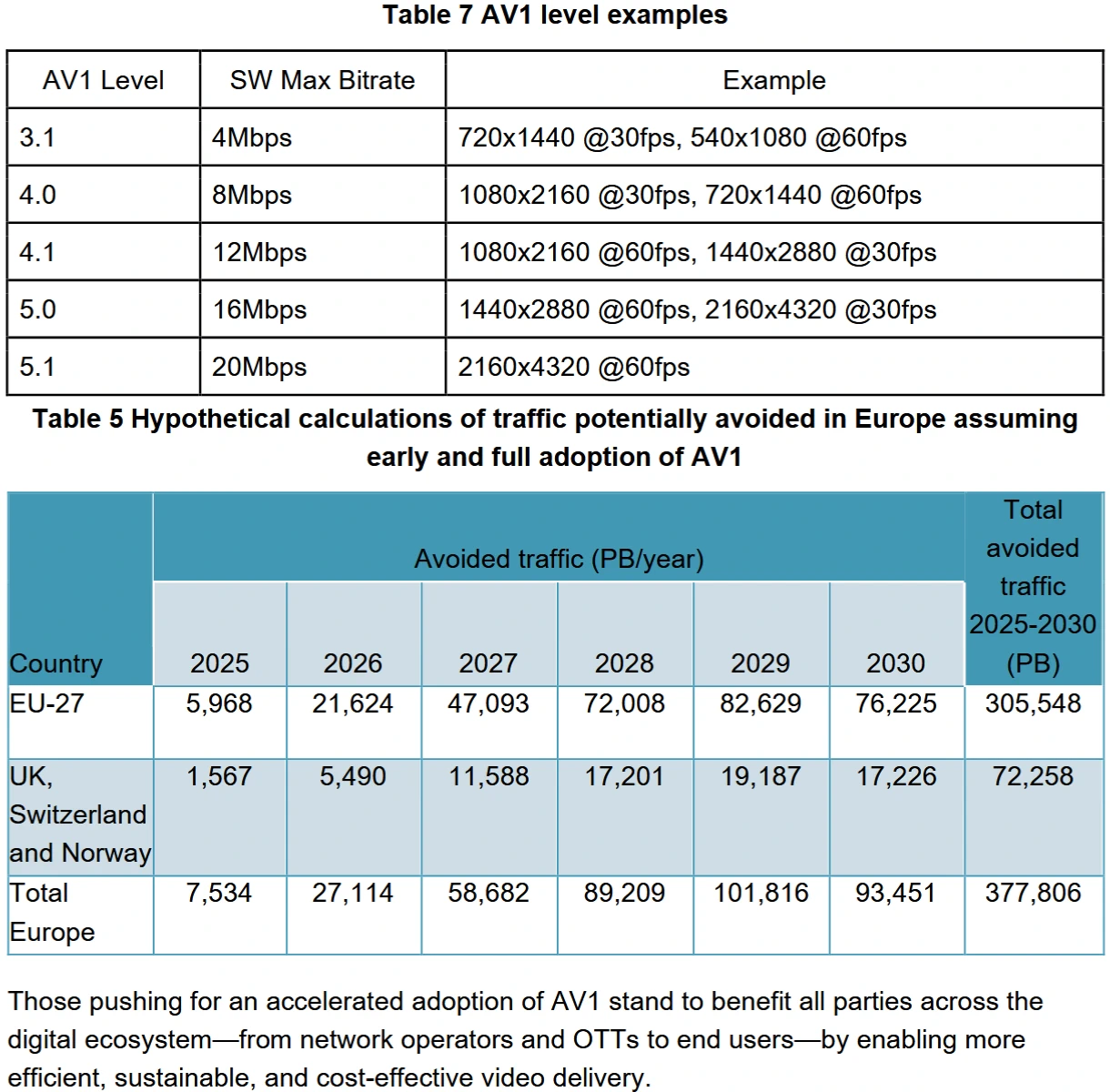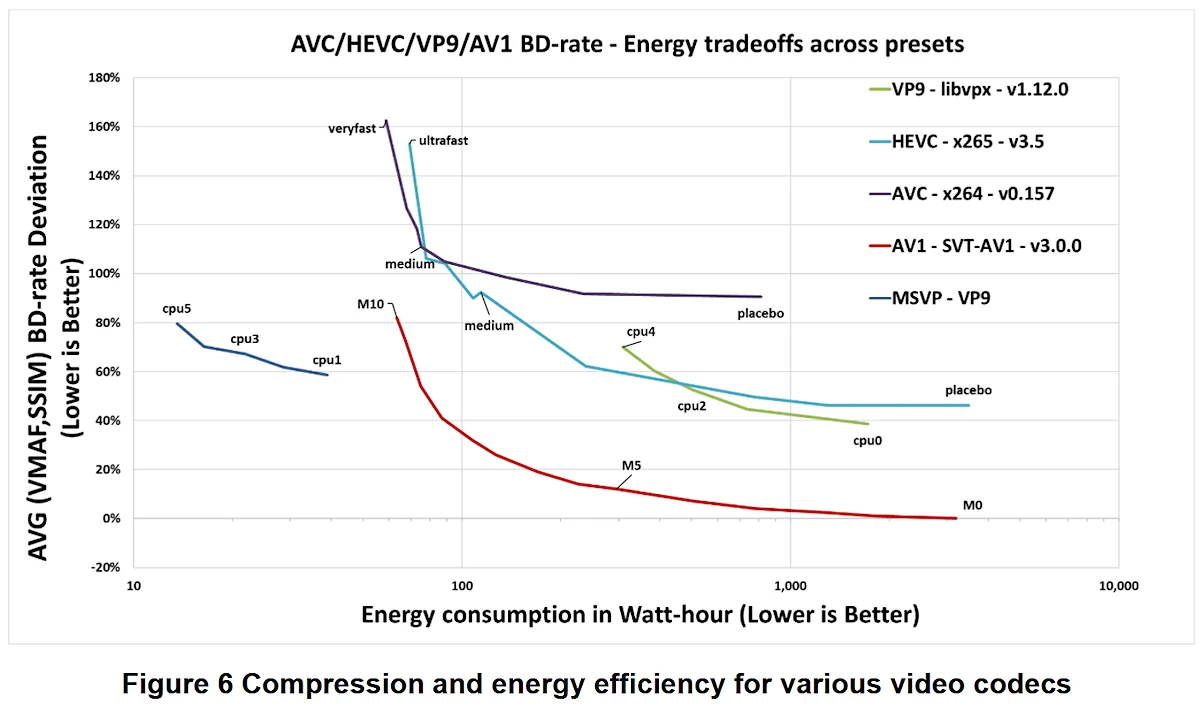Original article ISPreview UK:
Network access provider Openreach (BT) has today provided more details to ISPreview on their future plans for a trial of full fibre broadband (FTTP) using 10Gbps capable XGS-PON technology in early 2026. The trial is planned to reach about 40,000 premises in Guildford and push download speeds from ISPs up to a blistering 8.5Gbps (8,500Mbps).
The operator’s existing FTTP network is currently still largely based off older Gigabit Passive Optical Network (GPON) technology, which places limitations on how fast they can go before capacity becomes an issue. For example, GPON supports a capacity on each trunk line of up to 2.5Gbps (Gigabits per second) downstream and 1.24Gbps upstream, which needs to be shared between several premises.
NOTE: The operator’s current FTTP network, which is costing £15bn to build, covers 20 million premises (there are c.32.5m across the UK), but this is due to reach 25 million by December 2026 and then “up to” 30 million by the end of 2030.
As a result, Openreach’s fastest asymmetric consumer broadband product via FTTP currently maxes out at a download speed of 1.8Gbps and uploads of 120Mbps. However, rural areas covered by their government-funded Project Gigabit (Type C) roll-out contracts can separately access symmetric speeds, albeit only up to 1Gbps, and that’s priced more as a premium business product.
The difficulty for Openreach is that many of their rivals have long since deployed XGS-PON technology (the ‘X’ stands for 10, the ‘G’ for Gigabits’ and the ‘S’ for Symmetric speed), which helps them to offer faster broadband speeds and be more competitive on price. Consumers might not strictly need such speeds yet, but marketing departments can still use it as an effective way to differentiate themselves.
Openreach’s Response
The good news is that Openreach haven’t been standing still. The operator’s network is currently adopting a ComboPON approach, which in the future will make it easier for them to upgrade premises to newer fibre technologies without needing to change all the existing optical modems (ONTs) inside homes (e.g. they’d be able to use either GPON or XGS-PON based ONTs, whatever the situation requires).
Back in February 2025 they also revealed a plan to trial XGS-PON sometime in 2026 (here), which a few months later was followed by ISPreview revealing that this would officially support symmetric product speeds of up to 3.3Gbps (here). Shortly after that we also revealed details of the new Optical Network Terminals (ONT) they’d be using to support this service in homes and businesses (here).
Suffice to say that we now know quite a lot about what to expect from Openreach in the future, except for precisely when and where the XGS-PON trial itself will actually take place. But that recently started to change after some of ISPreview sources began sharing new details and the network operator has now kindly confirmed their plan to us.
The initial XGS-PON trial, which will actually go beyond the previously stated symmetric speed of 3.3Gbps and test asymmetric speeds of up to a whopping 8.5Gbps, is due to take place across 40,000 premises in the Guildford area between January and March 2026.
An Openreach spokesperson told ISPreview:
“We recently told customers that we’ll be running a pilot of XGS-PON in the Guildford area, covering around 40,000 premises, and starting between January and March, 2026.
As part of the pilot, we’re exploring the full range of speed capabilities offered by the technology including symmetric 3.3Gbps and asymmetric options up to 8.5Gbps. This will help us understand how best to support future customer demand.
It’s important to say that this is a trial at this stage, so the higher speed tiers shouldn’t be taken as a commitment to launch products.
We’re continuing to assess the nationwide demand for products that this technology might enable.”
As expressed by Openreach, the 8.5Gbps speed mentioned above is initially more about testing the capabilities of their network to handle that performance than launching a commercial product at such speeds. The planned future product speeds in their official documentation currently only go up to 3.3Gbps, which to be fair is absolutely fine – it’s still a very impressive performance level to offer.
The classic problem with packages as fast as this is that most consumers would struggle to harness those top speeds, usually due to WiFi/device limits and any limitations of the online servers you’re connecting with (Why Buying Gigabit Broadband Doesn’t Always Deliver). But if you’re happy to pay for it, why not. The rest of the internet will catch up eventually.
The big caveat here is that we don’t yet know how much Openreach will charge for their faster consumer tiers, although we’ll no doubt get some indication of that once the official trial documents are released in the near future. This is important because, unlike a lot of other networks, Openreach’s FTTP coverage is already huge.
Openreach also has a lot more multi-gigabit capable competition to consider these days (e.g. CityFibre, Netomnia, Virgin Media, CommunityFibre etc.). But their wholesale pricing is still semi-restricted by Ofcom’s regulation. The operator will thus be watching the current Telecoms Access Review 2026 (TAR) closely in hope of some flexibility (any changes here will be introduced from April 2026).


